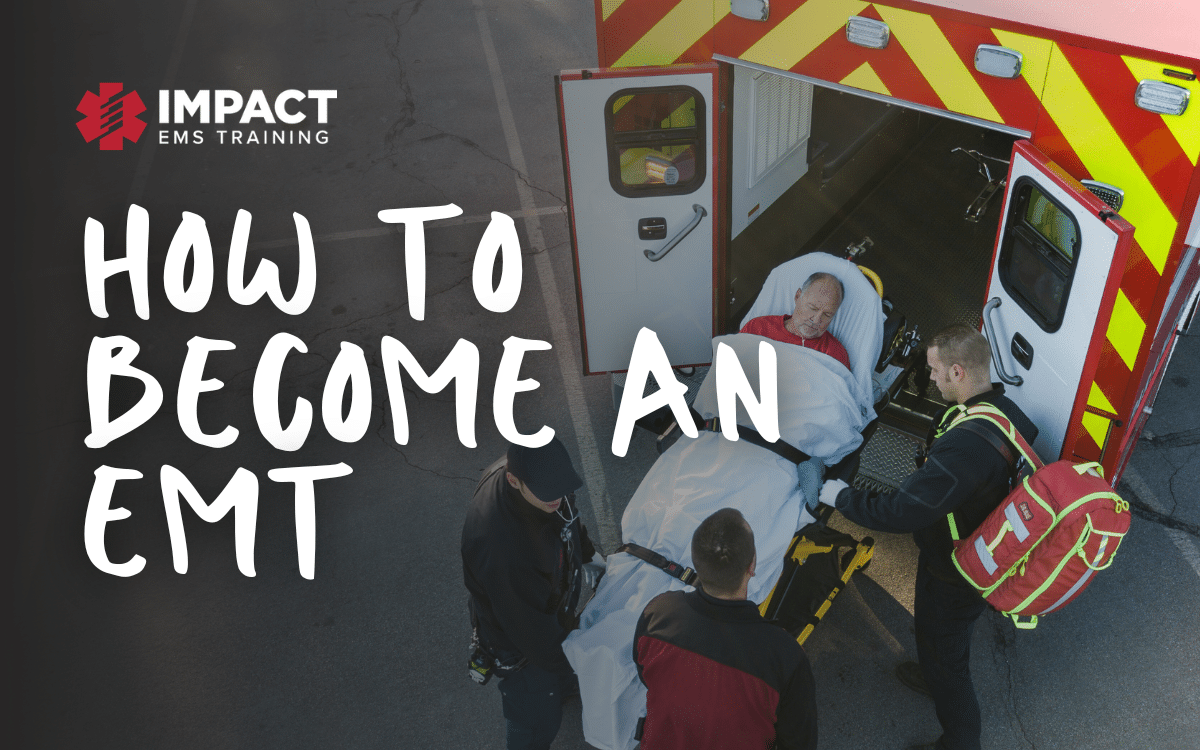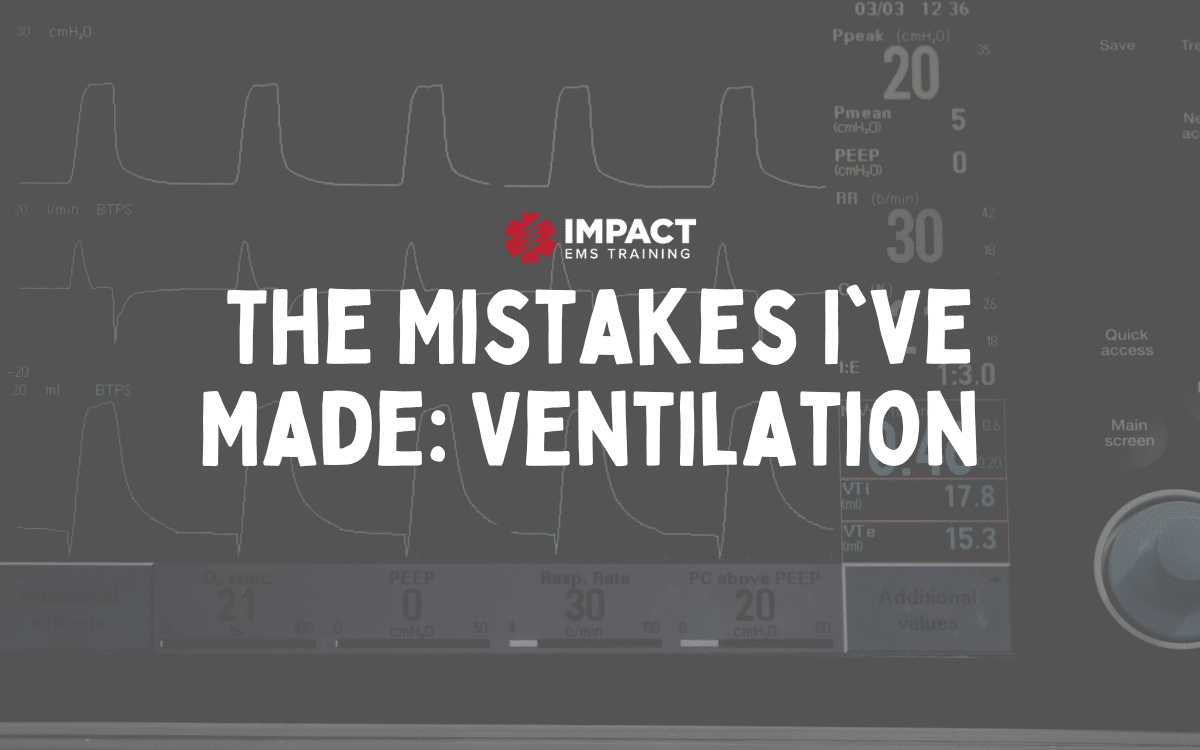What’s “BRUE”-ing? Approaching a Pediatric Phenomenon.
By Jaren Jarrell
You’re 8 hours into your 24-hour shift. It’s been a grueling day and you have hit your critical thinking max. There it is…the tones drop once again! “EMS base, truck 12 respond to a 3-month-old male, reference patient not breathing.” The initial anxiety of a pediatric call hits you. This is not what you want to hear when you are mentally drained. Dispatch advises, the patient is apneic and turning blue, EMD is unable to be completed due to the caller is hysterical.
“I don’t have time to answer your COVID-19 screening questions!”
Pediatric calls can be some of the most stressful and challenging moments. Not only are we having to deal with the patient, but the parents often become a patient as well. It’s human nature to feel anxious and emotional with a child in distress. At some point in your career, you may come across this terrifying pediatric scenario. Remember we train for this! Cognitive offloading dosages, delegating tasks, and keeping calm with the chaos that may unfold.
“Please hurry, he isn’t breathing and turning blue!”
En route, dispatch advises that the patient is now alert, breathing, and improving. “Whew, have we dodged a disaster? Or is something BRUEing?” You arrive on the scene to find a firefighter holding the child and running towards your unit with the mother. You see the mother upset, the child content as he sits in arms quietly. Mom explains to you that Henry was feeding when he suddenly went apneic and turned blue for about 45 seconds. After vigorous stimuli, Henry wakes up to an almost perfect state. Henry was of normal gestation, no issues with pregnancy or birth.
So what happened here? This child went from respiratory arrest to smiling within 10 minutes? Is this a first-time mother, stressed, and overreacting? Something is BRUEing…
By this point are you as confused as our hysterical mother?

This is actually a more common call than you may think. What happened with this child is called BRUE, a brief resolved unexplained event, you may also hear it referred to ALTE, an apparent life-threatening event. This occurs in about 1% of infants and can happen for a number of reasons. The most common reason is due to improper feeding secondary to GERD. Think about that time when “it went down the wrong pipe”. Well imagine the same situation but only a few months old, you are unable to react according to what the body is doing. When the infant “aspirates” vocal cords shut to protect the lower airway. At this point, the patient may become cyanotic and lose muscle tone.
Definition of BRUE
B- Brief, often less than one minute.
R- Resolved – patient returns to baseline
U- Unexplained – there are no underlying issues<br> E- Event – a change in breathing status, tone, mental status or color
*If your assessment reveals anything abnormal such as vital signs, color, age-appropriate actions, or predispositions to this event, it cannot be classified as BRUE. A further evaluation must be done.*
Predispositions Contributing to BRUE
- Reflux disease/ poor feeding habits (GERD)
- Premature infants or prenatal birth complications.
- Less than 1 year of age (More commonly in less than 6 months)
- Previous episodes of BRUE
These situations leave responders and parents often confused and anxious wondering what is going on. So this is important for you as the clinician to know what these situations are and have the knowledge to comfort the family.
Assessment
Apnea, cyanosis, hypotonia, and mental status changes are common with these patients. It is important to understand differential diagnoses that may mimic these signs like congenital heart conditions, underlying respiratory diseases, metabolic conditions, or infections.
Important questions to ask include in-depth medical history, this includes gestational age and physical age. Was the patient feeding during the event? Prior feeding issues, choking or gagging, prior respiratory issues, an abnormal amount of wet diapers, fevers, similar past events, was CPR performed, etc. Unfortunately, we should always keep abuse in mind – evaluate the patient carefully, and monitor patient and parent interaction.
If your patient does not exhibit any of these signs/ symptoms, and there is no other underlying reason to suspect this event, you may consider this a BRUE.
American Academy of Pediatrics Risk Stratification
Figure 1

How do I manage these patients?
Management of these patients comes down to observation, education, and compassion for the parents. These patients often are monitored for a few hours as long as they meet the requirements to be classified as low-risk BRUE. As labeled above in the AAP Risk Stratification chart, is the child at low or high risk based on your assessment? Keeping the family informed and comfortable for the duration of the child’s care is important. For our prehospital providers, unless needed, keep the patient in the parents’ arms. Especially for first-time parents, these times can be stressful and scary for them. Do not strip them of their child and comfort. Explain all procedures and express confidence and professionalism, this can ensure trust between you and the parents. Secondly, education is a huge part of healthcare. Ensure the parents understand BRUE and how to reduce further occurrences with proper education on feeding techniques. Some of these include feeding the infant in a side-lying position, frequent burping (2-3 times) during each feed, minimizing the feeding time to 30 minutes, and keeping the infant in an upright position for at least 30 minutes after each feed. Initiating reflux precautions can be single-handedly the top priority in preventing future occurrences of BRUE.
References
Figure 1: Behnam-Terneus, & Clemente. (2019, September). Brief resolved unexplained event (BRUE) lower-risk versus higher-risk classification. [Graph]. Retrieved from https://pubmed.ncbi.nlm.nih.gov/31477587/
Impact EMS offers accredited certification and refresher courses in one trusted location. Fully prepare for certification exams and maintain licensure with skill building credits.






